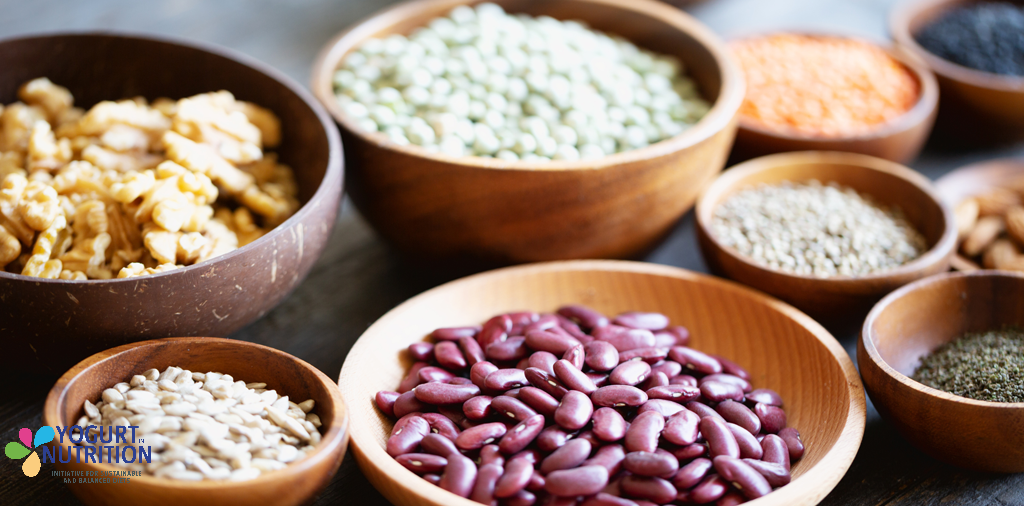Over the past 20 years, Western societies have noticed a growing interest in plant-based diets such as vegetarianism or even veganism. Similarly, the number of new scientific publications that address this topic underscores the growing interest in plant-based diets (1). These diets are characterized by a food pattern without meat or fish for vegetarianism, and a food pattern that exclude any animal products (meat, fish but also milk, eggs, butter, honey…) for veganism.
What is a protein? Why do our body need it?
Proteins are active biomolecules found throughout the human body, with several metabolic and structural biologic roles (enzymes, hormones…). They are long 3D folded “chains” made of amino acids, the “building blocks” of protein. Of the 20 main amino acids used by the body, 9 are considered “essential” (EAA) – as the human body can’t synthetize on its own – and must be obtained from the diet (2,3).
The quality of a protein relates on the part of essential and non-essential amino acids it contains. Hence, high quality proteins contain all 9 EAA in the proportions that cells need for protein synthesis (2, 3, 4).
The quality of a protein relates also on its digestibility. A score can determine the digestibility of dietary proteins: the digestible indispensable amino acid score (DIAAS). This score is expressed by numerical values below or above 100. A DIAAS score above 100 means that the digestibility of the protein considered is very high: it is then a good complementary protein to those with inferior qualities. Generally, proteins of animal origin have higher DIAAS scores than proteins of vegetable origin: 40 for wheat and almonds, 59 for rice, 83 for chickpeas while chicken breast scores 108, eggs score 113 and whole milk 114 (4).
How much protein is required in a healthy food pattern?
According to the European Food Safety Agency (EFSA) (5), the dietary protein recommendation for a healthy adult is 0.83 g/day per kg of body weight. For a 70kg adult, this results in 58g of protein intake per day. However, it is a general recommendation and may vary depending on the weight, age, health status and physical activity (6).
Ensuring an adequate daily protein intake is a key nutritional issue when adopting a plant-based diet. Although the word “protein” often brings to mind meat products and fish, many plant products are rich in protein and considered plant-based proteins.
What are the high-protein plant foods?
There are many sources of plant proteins, among which (7):
- Tofu: It is a white and soft paste, resulting from the curdling of soy milk. It is very popular in East and Southeast Asia. 100 grams of tofu approximately contain 8g of protein (6).
- Legumes and pulses: Lentils, many varieties of dried beans, chickpeas provide high levels of protein without the high fat content that is usually associated with protein-rich foods and particularly meat products (7,8).
- Nuts and seeds: Nuts such as walnuts, hazelnuts, peanuts, cashews, almonds, and pistachios actually have relatively high total protein content (between 14g and 26g of protein per 100g (6)). Among high-protein seeds, you can find hemp seeds, flax seeds, pumpkin seeds and chia seeds. Nuts and seeds contain protein, and yet, they need to be consumed moderately due to their high fat content and high energy density (6).
- Whole grains: wild or brown rice, buckwheat, bulgur, millet, oatmeal, quinoa, whole grain barley and whole wheat are examples of a whole grain. The latter refers to a whole grain seed, and consists of three components: the bran (outer layer rich in fibers (12-17%)), the germ (inner part, high in nutrients) and the endosperm (central part of the kernel, rich in starch (80 to 85%)). For a food product to be classified as a “whole grain”, its components must be present in the same relative proportions (bran, germ and endosperm) as they are in the intact grain (9).
Plant-based and animal-based proteins differ in some quality features
Proteins can be found in both animal and plant sources. Nonetheless, plant-based proteins may differ from animal one in terms of amino acid composition, digestibility and bioavailability (4,10).
Animal proteins are considered as high-quality proteins, because they generally contain the nine EAA. On the other hand, most plant-based proteins will contain the 20 amino acids but will provide only a very small amount of some EAA, so called then ‘liming amino acids’ (4, 11). Therefore, it is crucial to diversify the plant sources of protein to overcome the problem of limiting amino acids (4).
Moreover, anti-nutritional factors present in some vegetables (tannins, trypsin inhibitors, phytates…) can limit protein digestibility and absorption, thus resulting in a reduction in their overall efficiency of use (6, 7,12).
However, it is possible to obtain quality protein from plants and there are many options for including them in the diet. It is essential to combine and vary the different plant protein sources throughout the day (6). For instance, whole grain rice is limited in lysine and thiamine but rich in methionine. Accompanying it with beans (limited in methionine, but rich in lysine and thiamine) in a vegetarian chili creates a complementarity of amino acids to meet EAA needs (4).
Plant-based protein intake is associated to positive health outcomes
After a two years cohort study, experts associated positively high animal-protein intake with cardiovascular morbidity, whereas high plant-based protein consumption was inversely correlated with all-cause of mortality, including cardiovascular diseases and type 2 diabetes (13). According to the authors, substituting animal-based protein, particularly from processed red meat, with plant-based protein may have a significant health benefit (13).
Indeed, in other prospective studies (6,7,14), scientists link health benefits with the plant-based nutrient content, including mono- and poly-unsaturated fatty acids, n-3 fatty acids, dietary fiber, antioxidant vitamins, minerals, proteins and phytochemicals.
Plant-based proteins are more eco-friendly
Adapting one’s diet for a more plant-based intake while respecting protein needs can also be rooted in ecological values. Evidence shows that meat consumption is one of the reasons for the increase of the individual carbon footprint. It is linked to the important greenhouse gas emissions produced by meat production (7). Furthermore, the production of legumes as a source of plant protein for non-meat eaters improves the biodiversity and general well-being of the soil in which they are grown by allowing increased biological nitrogen fixation (7).
Diversity is key
Thus, in the context of an omnivorous diet, it may be better to focus on eating a varied diet rich in both nutrient-dense plant-based proteins and lean animal-based proteins, rather than focusing on consuming one or the other. In order to promote a sustainable healthy diet, it is necessary to pay more attention to meat consumption, and to replace these animal proteins with various sources of vegetable proteins is a good way to ensure one’s health and that of the planet, while covering daily nutritional needs.
Adopting a flexitarian diet constitutes one of the solutions to initiate a deliberate reduction of animal products consumption by replacing them with high-quality plant-based proteins. As a sustainable alternative to classical western diets, flexitarianism is an interesting compromise for a more balanced, nutritive and sustainable diet, without the needs of a constant medical follow-up.



